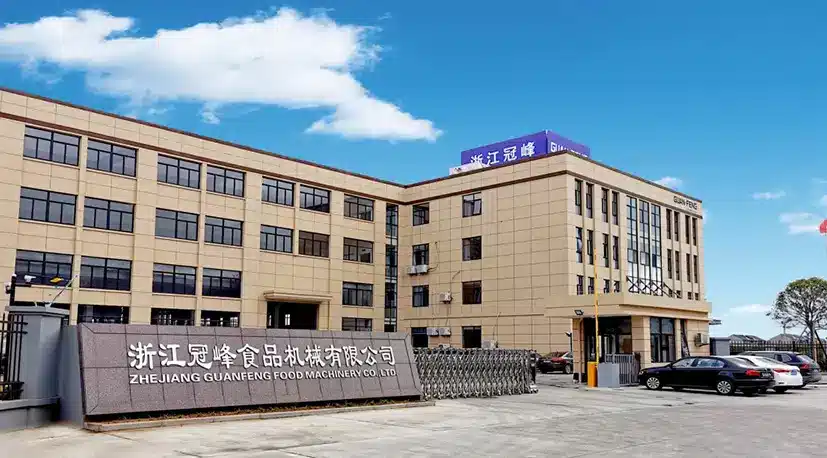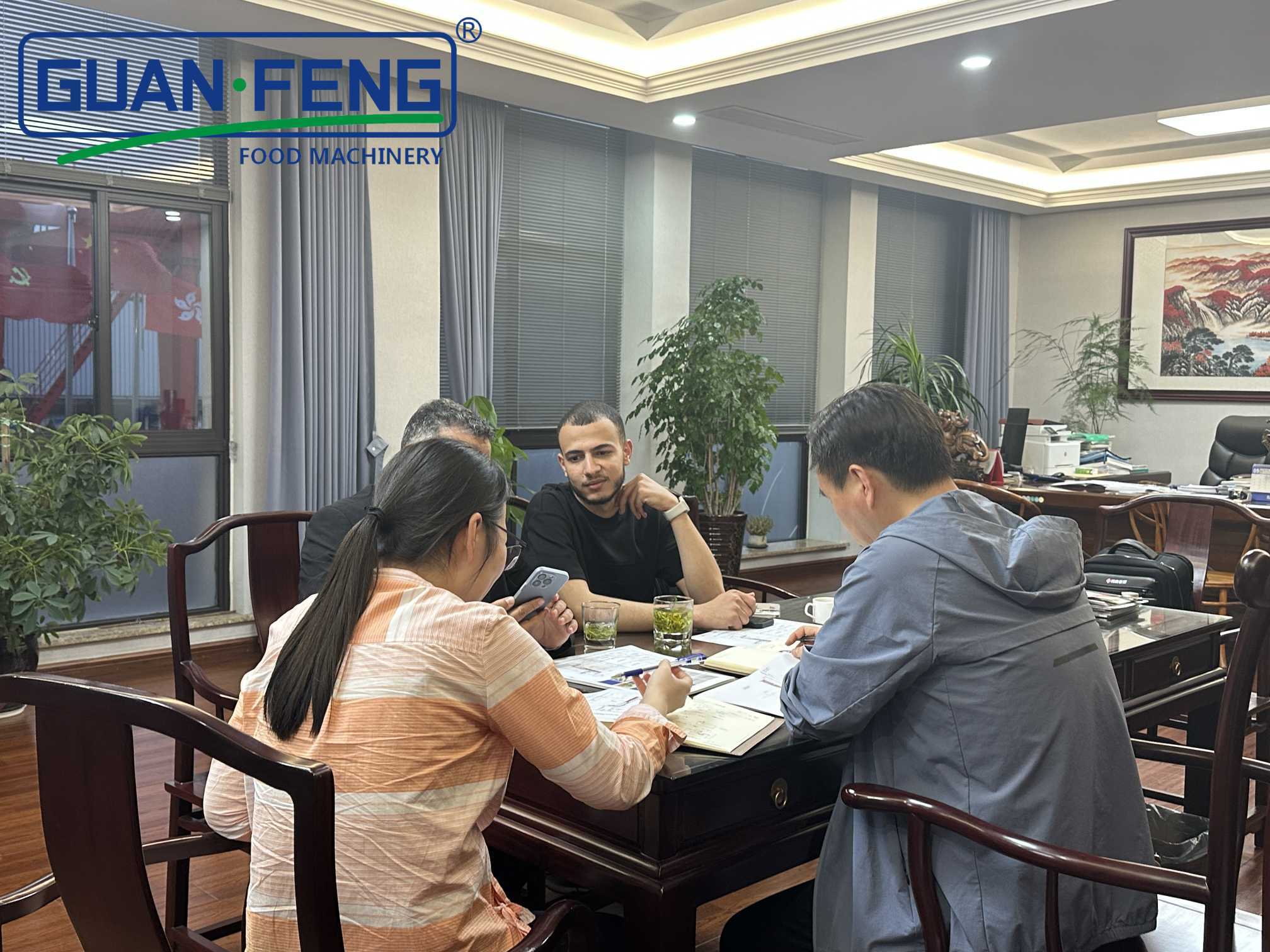BLOG
Focus on hot topics, real-time dynamics
The Ultimate Guide to Vacuum Freeze Drying Machines: Optimizing Your Industrial Drying Process
Vacuum freeze drying machines, also known as lyophilizers, are specialized equipment utilized in the drying process of sensitive materials, particularly in the food, pharmaceutical, and biotechnology industries. The process of freeze drying removes moisture from products while preserving their structural integrity, flavor, and nutritional value, making it an ideal choice for many applications.
The operation of a vacuum freeze drying machine involves three primary stages: freezing, primary drying, and secondary drying. Initially, the product is frozen at extremely low temperatures, typically between -40°C and -80°C. This step is crucial, as it converts the moisture within the product into solid ice, thus preventing the formation of large ice crystals that can damage the product's cell structure.
Once the material is frozen, the machine enters the primary drying phase, where the pressure is lowered in a vacuum environment. This reduction in pressure causes the ice to sublime directly from a solid to a vapor without passing through the liquid phase. This step is critical for removing about 95% of the moisture from the product while maintaining its original properties. The efficiency of this phase greatly depends on factors such as temperature, vacuum level, and the characteristics of the material being dried.
Following primary drying, the secondary drying phase begins, which further reduces the residual moisture content. During this stage, the temperature may be increased slightly to facilitate the removal of remaining water molecules bound to the product. This careful management of temperature and pressure ensures that the final product has an optimal shelf life and retains its desired attributes.
One of the key advantages of using vacuum freeze drying machines is the preservation of heat-sensitive materials. Traditional drying methods often involve high temperatures, which can lead to the degradation of delicate compounds. In contrast, the gentle processing conditions of freeze drying help maintain the integrity of vitamins, enzymes, and other vital components.
Moreover, vacuum freeze drying machines are known for their ability to produce lightweight, easily transportable products. The removal of moisture results in a significant decrease in weight, making storage and transportation more cost-effective. Additionally, the rehydration of freeze-dried products is quick and efficient, allowing for rapid restoration of original flavors and nutrients.
In conclusion, vacuum freeze drying machines play a pivotal role in various industries by providing an effective method for moisture removal while preserving product quality. By understanding the operational principles and benefits of these machines, professionals can optimize their drying processes and enhance overall product performance. Investing in a high-quality vacuum freeze drying machine could be a game-changer for those looking to innovate and improve their production capabilities.
The operation of a vacuum freeze drying machine involves three primary stages: freezing, primary drying, and secondary drying. Initially, the product is frozen at extremely low temperatures, typically between -40°C and -80°C. This step is crucial, as it converts the moisture within the product into solid ice, thus preventing the formation of large ice crystals that can damage the product's cell structure.
Once the material is frozen, the machine enters the primary drying phase, where the pressure is lowered in a vacuum environment. This reduction in pressure causes the ice to sublime directly from a solid to a vapor without passing through the liquid phase. This step is critical for removing about 95% of the moisture from the product while maintaining its original properties. The efficiency of this phase greatly depends on factors such as temperature, vacuum level, and the characteristics of the material being dried.
Following primary drying, the secondary drying phase begins, which further reduces the residual moisture content. During this stage, the temperature may be increased slightly to facilitate the removal of remaining water molecules bound to the product. This careful management of temperature and pressure ensures that the final product has an optimal shelf life and retains its desired attributes.
One of the key advantages of using vacuum freeze drying machines is the preservation of heat-sensitive materials. Traditional drying methods often involve high temperatures, which can lead to the degradation of delicate compounds. In contrast, the gentle processing conditions of freeze drying help maintain the integrity of vitamins, enzymes, and other vital components.
Moreover, vacuum freeze drying machines are known for their ability to produce lightweight, easily transportable products. The removal of moisture results in a significant decrease in weight, making storage and transportation more cost-effective. Additionally, the rehydration of freeze-dried products is quick and efficient, allowing for rapid restoration of original flavors and nutrients.
In conclusion, vacuum freeze drying machines play a pivotal role in various industries by providing an effective method for moisture removal while preserving product quality. By understanding the operational principles and benefits of these machines, professionals can optimize their drying processes and enhance overall product performance. Investing in a high-quality vacuum freeze drying machine could be a game-changer for those looking to innovate and improve their production capabilities.
Hot Tags:
Contact Us
E-mail:
sales@syguanfeng.com
Tel:
+86 15088506234
Address:
South Industrial Park of Dongguan, Shangyu District, Shaoxing City,Zhejiang Province,China.
GUANFENG, your customization experts!
GUANFENG FOOD MACHINERY - leading supplier of integrated food processing solutions
Copyright© 2024 ZHEJIANG GUANFENG FOOD MACHINERY CO.,LTD.










